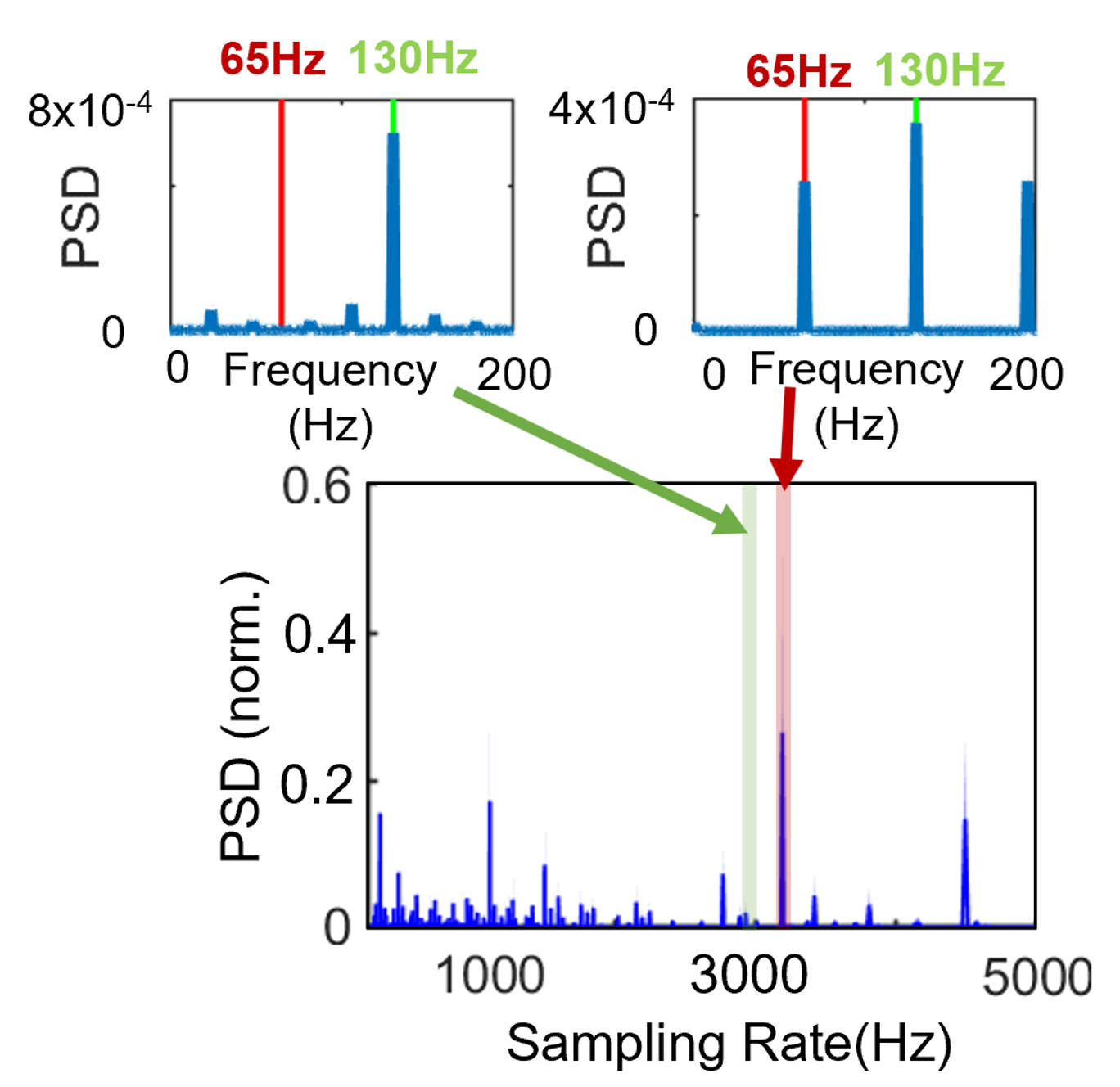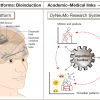1:2 entrainment is not a device-induced artefact, except when it is.
In patients with Parkinson’s, enhanced signals can be measured at half the frequency of deep brain stimulation (DBS). Whether these signals are caused by the device or reflect actual brain processes has been a topic of debate. In this work, we provide evidence supporting a physiological origin for these signals, as well as a checklist which can be used to confirm that the DBS device is not causing these signals. This study is a step towards developing novel biomarkers for more effective DBS treatments.
Deep Brain Stimulation (DBS) is a well-established invasive therapeutic approach for Parkinson’s disease (PD). However, the mechanisms of DBS remain unclear. A transition from the established open-loop paradigm to closed-loop DBS holds promise for enhancing therapeutic outcomes and optimising device efficiency. This transition requires identifying reliable biomarkers for the closed-loop algorithm. Recent studies suggest that biomarkers associated with harmonics of stimulation frequency may offer viable options for adaptive DBS (aDBS) and provide mechanistic insights. Previously subharmonic biomarkers have been avoided, often dismissed as artefactual. This is partly due to there being no clear physiological/non-physiological differentiating factor when considering steady signals during short time periods. To advance sense-stimulation therapies and aDBS, it is imperative to identify artefact-free frequency bands for effective biomarker monitoring. Here, we present a framework for discerning artefacts at the half harmonic of stimulation frequency.

2023. Brain Stimul, 16(5):1412-1424.
2023. Neuromodulation, 26(2):320-332.
2023. J Neural Eng, 20(2).
